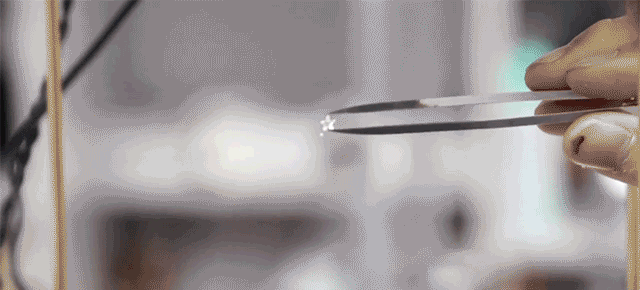The Pixie Dust display uses sound waves to create images and animations from real particles that appear to float in mid-air. It probably sounds implausible, but there’s video of it in action. And, yes, what you’re seeing is actually happening — no gimmicks or special effects.
Researchers actually figured out how to levitate objects using nothing but sound years ago, but to date it’s really only been with single particles. This new research, from Yoichi Ochiai, Takayuki Hoshi and Jun Rekimoto, presented at the annual Siggraph conference, involves hundreds of tiny specks, all strategically arranged in real-time to form images, and even moving animations.
The applications for such a technology are almost impossible to comprehend at this point, since we’re so used to displays being flat and made from glowing pixels. But try and imagine the particles floating in the air coming together to suddenly form a computer screen, and you can start to realise how revolutionary this research could be. [Pixie Dust]
